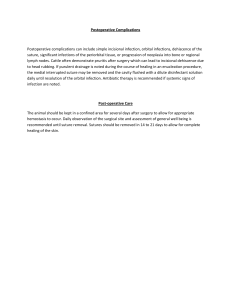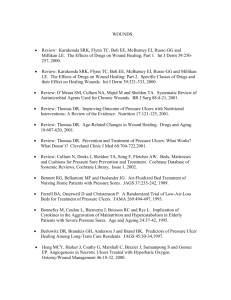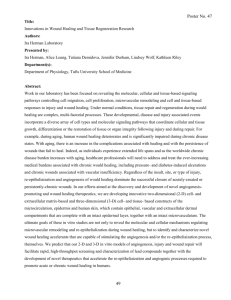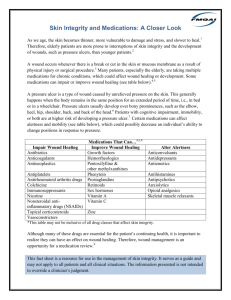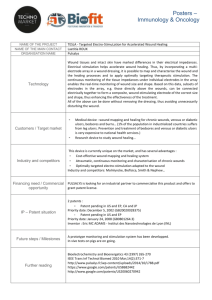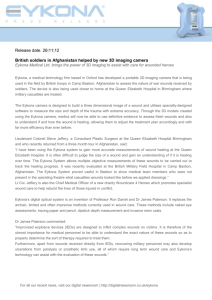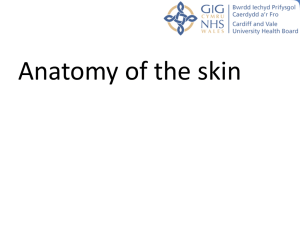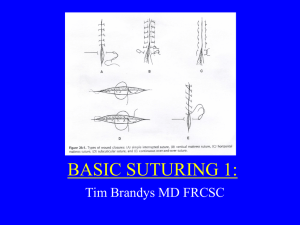SOME INDICATIONS
advertisement
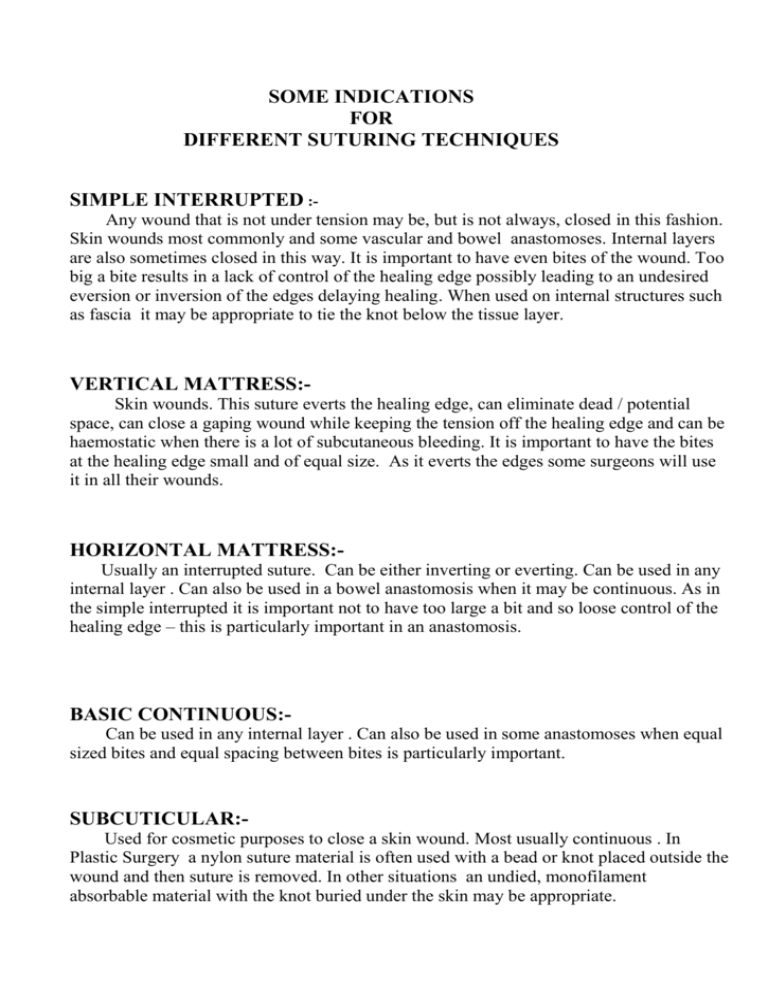
SOME INDICATIONS FOR DIFFERENT SUTURING TECHNIQUES SIMPLE INTERRUPTED :Any wound that is not under tension may be, but is not always, closed in this fashion. Skin wounds most commonly and some vascular and bowel anastomoses. Internal layers are also sometimes closed in this way. It is important to have even bites of the wound. Too big a bite results in a lack of control of the healing edge possibly leading to an undesired eversion or inversion of the edges delaying healing. When used on internal structures such as fascia it may be appropriate to tie the knot below the tissue layer. VERTICAL MATTRESS:Skin wounds. This suture everts the healing edge, can eliminate dead / potential space, can close a gaping wound while keeping the tension off the healing edge and can be haemostatic when there is a lot of subcutaneous bleeding. It is important to have the bites at the healing edge small and of equal size. As it everts the edges some surgeons will use it in all their wounds. HORIZONTAL MATTRESS:Usually an interrupted suture. Can be either inverting or everting. Can be used in any internal layer . Can also be used in a bowel anastomosis when it may be continuous. As in the simple interrupted it is important not to have too large a bit and so loose control of the healing edge – this is particularly important in an anastomosis. BASIC CONTINUOUS:Can be used in any internal layer . Can also be used in some anastomoses when equal sized bites and equal spacing between bites is particularly important. SUBCUTICULAR:Used for cosmetic purposes to close a skin wound. Most usually continuous . In Plastic Surgery a nylon suture material is often used with a bead or knot placed outside the wound and then suture is removed. In other situations an undied, monofilament absorbable material with the knot buried under the skin may be appropriate.


